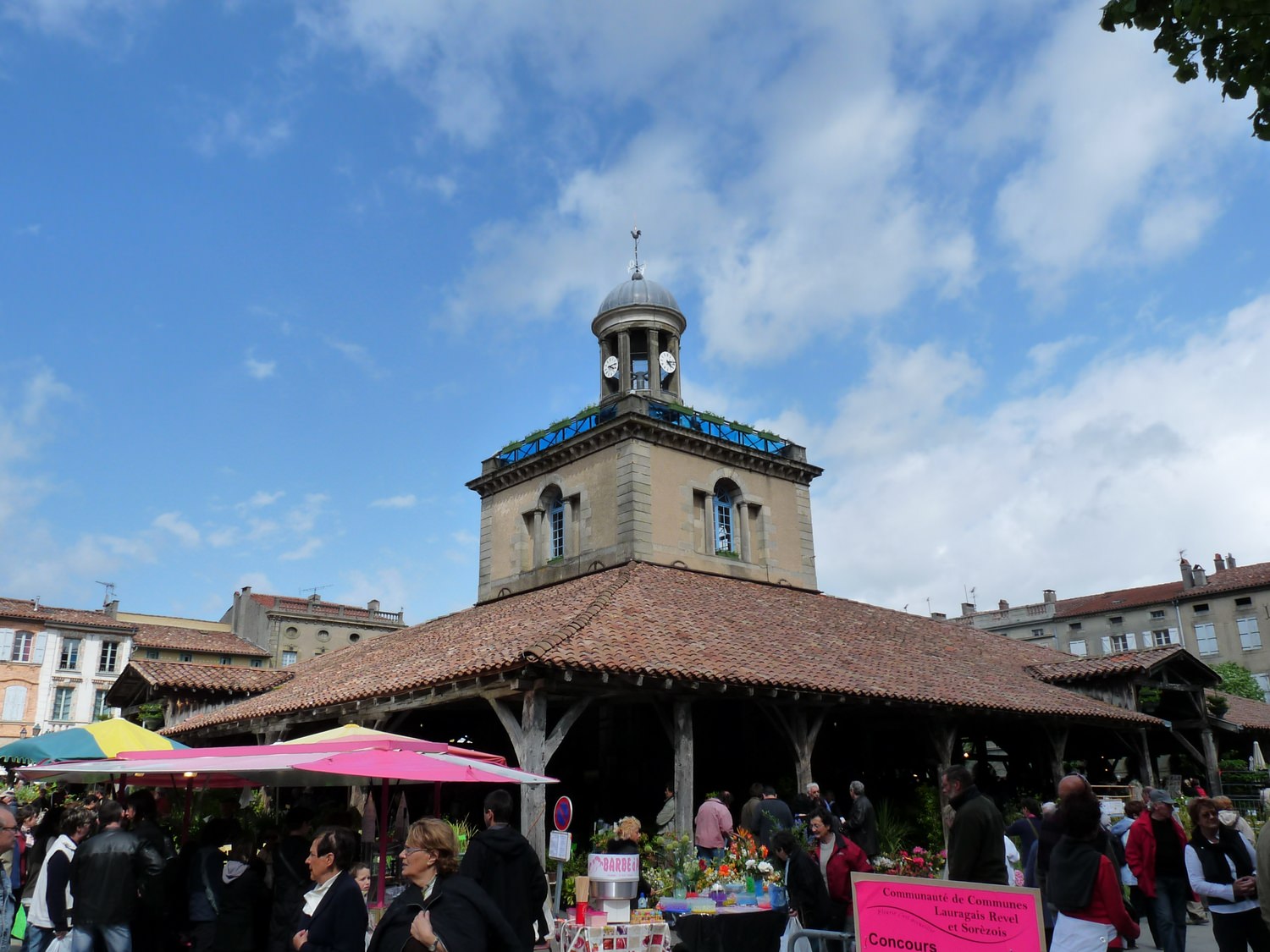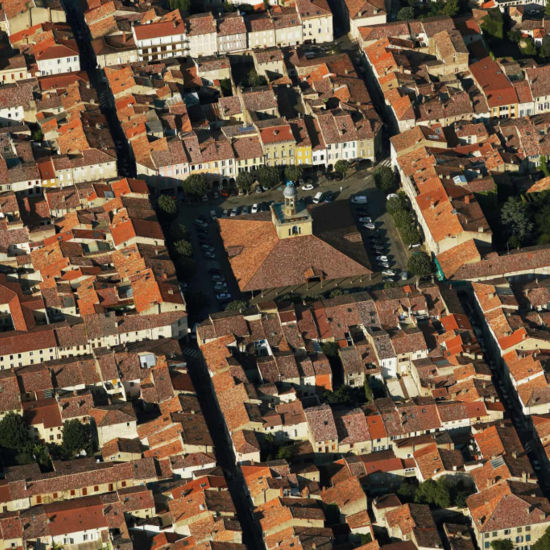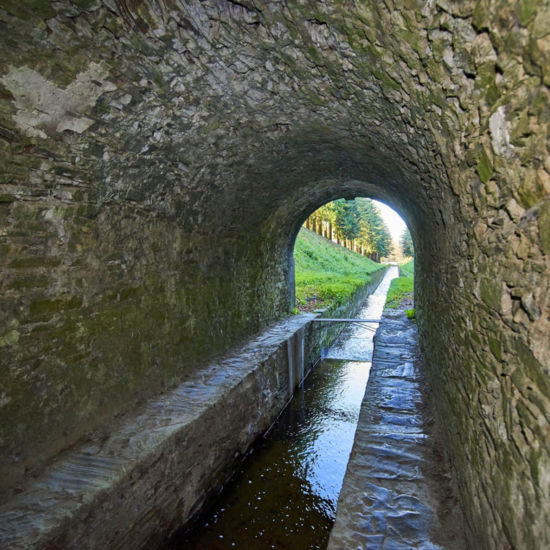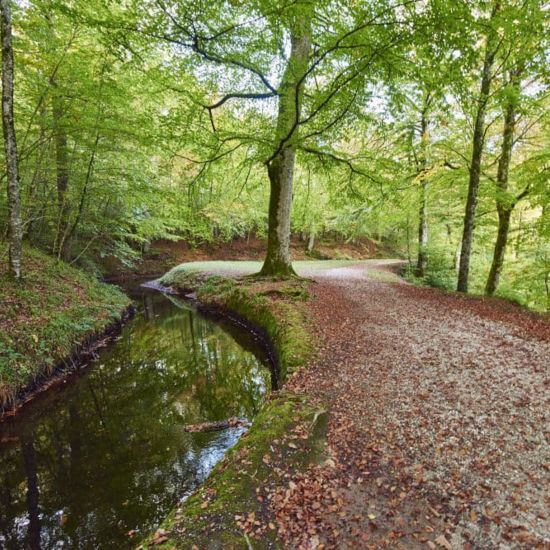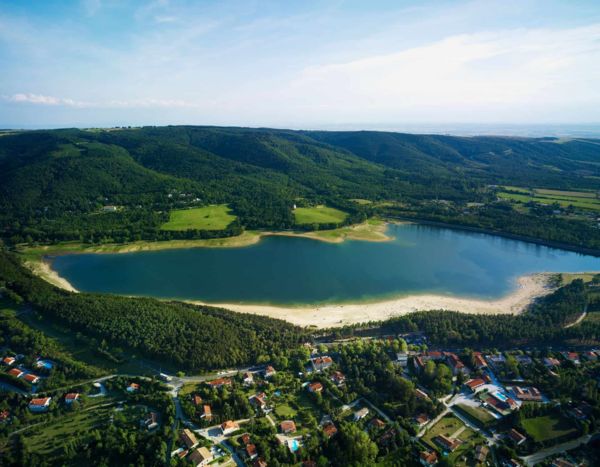
Saint Ferréol lake
Saint-Ferréol lake was the first of the Canal du Midi reservoirs. It was built between 1667 and 1680, to supply water to the Canal du Midi all year round, and provided a solution to the major obstacle that all previous projects had come up against.
Saint-Ferréol lake is in the Laudot valley, across the three French departments of Haute-Garonne, Aude and Tarn. It covers a surface area of 62 hectares and is supplied with water from the Laudot and the Rigole de la Montagne channel, from Lampy lake. This structure has been protected under the Historic Monument (ISHM) classification since the 13 March 1997.
Saint-Ferréol lake, at the heart of the Canal du Midi water supply
The biggest reservoir in the western world
Saint-Ferréol lake was built by Pierre-Paul Riquet between 1667 and 1680 on the Laudot stream, and at the time it was the biggest reservoir in the western world.
You have to admit it is huge: it is 780 metres long and 120 metres wide. It has the capacity to store 6.3 million m3 of water!
Saint-Ferréol lake meant that Riquet could provide a water supply for his canal all year round, and compensate for periods of drought in the summer for example. The initial capacity of this reservoir was 4 million m3 but Vauban decided to increase the capacity! He ordered the height of the dam to be raised, and added the water from the Rigole de la Montagne channel (via Cammazes tunnel) to the existing supply from the Laudot, taking the capacity of Saint-Ferréol lake up to 6.3 million m3!
How is Saint-Ferréol lake used?
The water pressure is contained by the mass of materials used to build the dam.
The structure was built using different materials, including compacted backfill, just like other dams, and three masonry walls.
The whole structure includes:
- Upstream (19.50 m high and 3.90 m thick) and downstream (29.25 m high and 2.80 m thick) walls. These two walls support the reservoir.
- The main wall (35 m at its highest, 10 m thick at the base, 780 m long). This makes the structure watertight and also supports the highest part of the dam.
- Two galleries, on the south side of the lake, to access the valves and the bottom value which is also the water outlet.
- Two other galleries on the north side that are always underwater, to allow water to flow through the lake backfill.
- The diversion channel on the south side of the lake, allowing water to bypass the lake and flow directly into the Laudot.
- The bottom valves, Badorque valves and the overflow valve (surface spillway) to evacuate excess water.

Elévation de la digue de St-Ferréol
Did you know?
Each time Saint-Ferréol lake is emptied, a mysterious column appears on the upstream wall. Before 1768, the dam warden did not have a fixed marker to assess the quantity of water remaining in the reservoir.
As a solution to this problem, the engineer Garipuy came up with a system whereby this information could be read directly from a 10-m-high column with protruding stone markers every 9 feet (2.97 metres) and therefore showing the water level. The column (incorrectly named a pyramid) was built using volcanic stone when the lake was emptied in 1769. In the 19th century, this system was progressively phased out when metric gauges were introduced at various levels of the reservoir.

Pyramide de St-Ferréol, 1907 - Collection Sicard
Saint-Ferréol lake today
Today this reservoir features three granite walls with 60-metre-wide spaces between them, filled with rock and clay debris.
There are four galleries to access the valves, ensure a water outlet and guide the waters across the lake to the crossing points. One of them is known as the 'galerie des robinets' (valves gallery) because it leads to three big bronze valves that control the water flow at the outlet. They have been there since 1845!
Not all the water arriving from the lake's upstream direction is directed straight into the lake. Some of it is in fact channelled into a diversion channel on the south side and then flows directly into Laudot stream downstream from the lake.
A place for walking and swimming
In the 19th century, a park was built below the lake, the highlight of which is the fountain, powered by the water pressure from the lake. This park, fountain and waterfalls created back then still make this a popular place to explore today.
In the summer, Saint-Ferréol lake is a great place to come and swim, and is a favourite spot with the locals from nearby towns.
Don't miss a visit to the Musée du Réservoir
The Musée du Réservoir is a museum that portrays the history of the Canal du Midi. From the origins of the project to the end of inland waterway transport in the 1980s, this museum is really worth the detour.
The Musée du Réservoir is housed in the former engineer's house, where the engineer in charge of hydraulics management in the Montagne Noire once lived.
Le Réservoir, Canal du Midi museum and gardens in Revel (31)
Contact
and information
TOURIST OFFICE TO THE SOURCES OF THE CANAL DU MIDI LAURAGAIS REVEL SOREZOIS 13 rue Jean Moulin
31250 REVEL
Tél : 05 34 66 67 68
